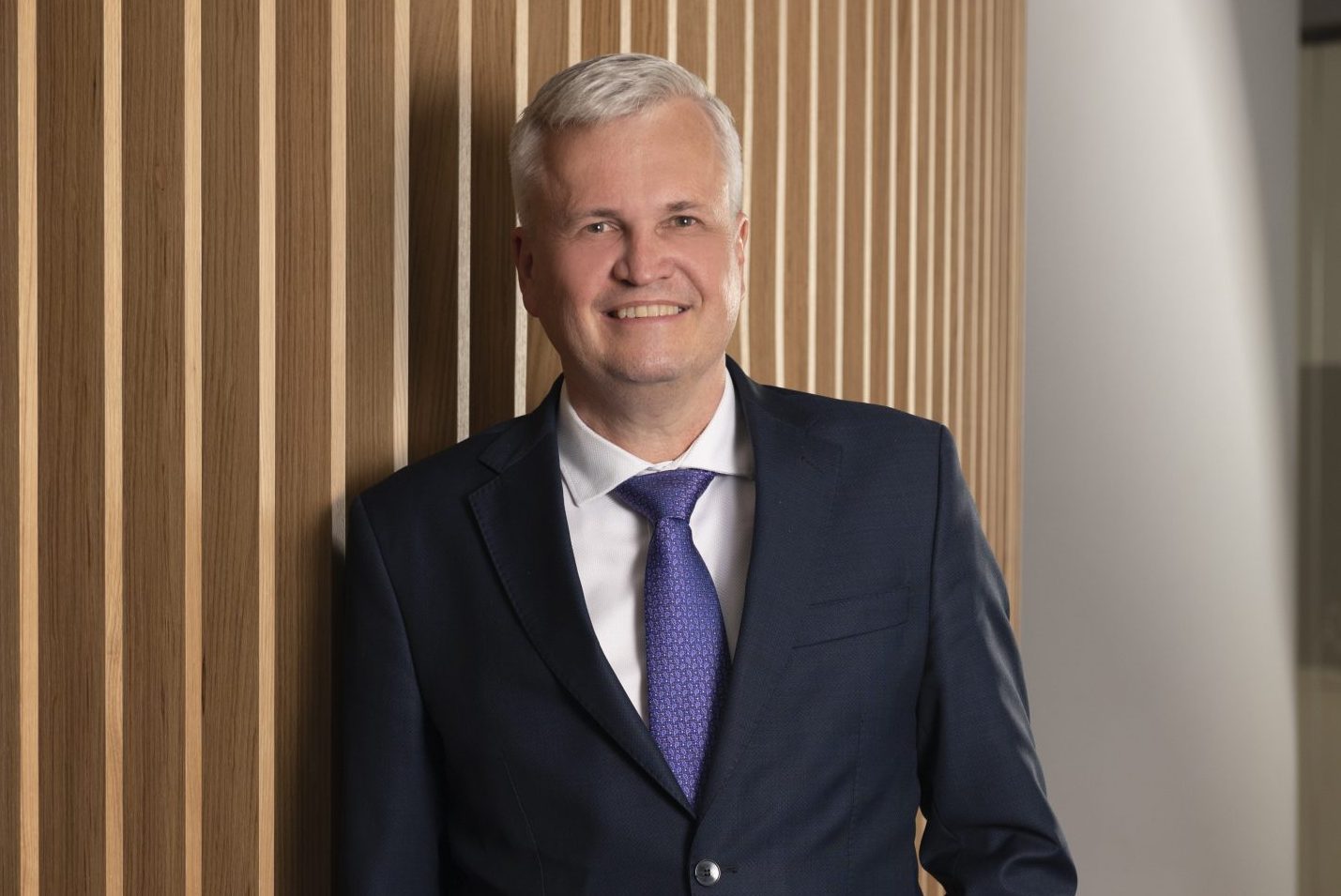Excessive sweating (Hyperhidrosis) turns life into a nightmare, especially in summer, and negatively affects one’s social life. Thoracic Surgeon Prof. Dr. Özkan Demirhan answered frequently asked questions about excessive sweating.
Giving information about the causes and diagnostic stages of excessive sweating, Thoracic Surgeon Prof. Dr. Özkan Demirhan said, “Sweating in the hands and armpits is caused by the over-activation of the sympathetic system in the thorax and the overworking of the sweat slots. Therefore, it is not a sign of disease. However, we pay attention to the fact that some tests of the patients have been done. We want them to have thyroid tests done. There are certain metabolic tests, we check whether they are done. If the patient has not had these done, we definitely send them to the endocrinology or internal medicine outpatient clinic, or vice versa, if they did, they send them to us. The first thing we look at is the thyroid. We question whether there is a history of excessive sweating in the patient’s family, whether there is sweating during sleep, whether there is sweating on both sides, and the region where he lives, the temperature status of the work environment, and his clothing habits. After questioning all these, surgical intervention in suitable patients Thoracic Surgery comes into play to decide on the subject.”
“Surgery has taken its place as the most successful method today”
Reminding that there are many alternatives among the treatments for excessive sweating, Prof. Dr. Özkan Demirhan said, “There are various creams, there are iontopheresis and drugs, there are botox applications. But all of these offer temporary solutions. Surgery offers a highly permanent solution. However, these operations should be performed by experienced surgeons. There are certain anatomical stimuli in the rib cage. There are places where there are nerves going to the hand, armpit and face. We cancel the nerves that cause sweating in the rib cage with the operation we perform through a single hole with a small incision. We call this procedure Endoscopic Transthoracic Sympathectomy (ETS) (clip-on ETS if we use a clip). The surgery is performed with general anesthesia. The post-operative area does not sweat again, but this surgery has a side effect that should be well known to the patients. The regions stimulated locally by the sympathetic system in the body are clear. The more unnecessary sympathetic nerve cancellations are made, the more sweating occurs in the body, which we call reaction sweating (compensatory sweating). In compensatory sweating, excessive sweating may occur on the back, around the navel and legs. This is a rare complication but needs to be known. In order to avoid this complication, we do not perform unnecessary sympathetic nerve cancellation in surgeries. In general, patient satisfaction is close to 100 percent. As a result, we contribute positively to the socialization and lifestyle of our patients.”



